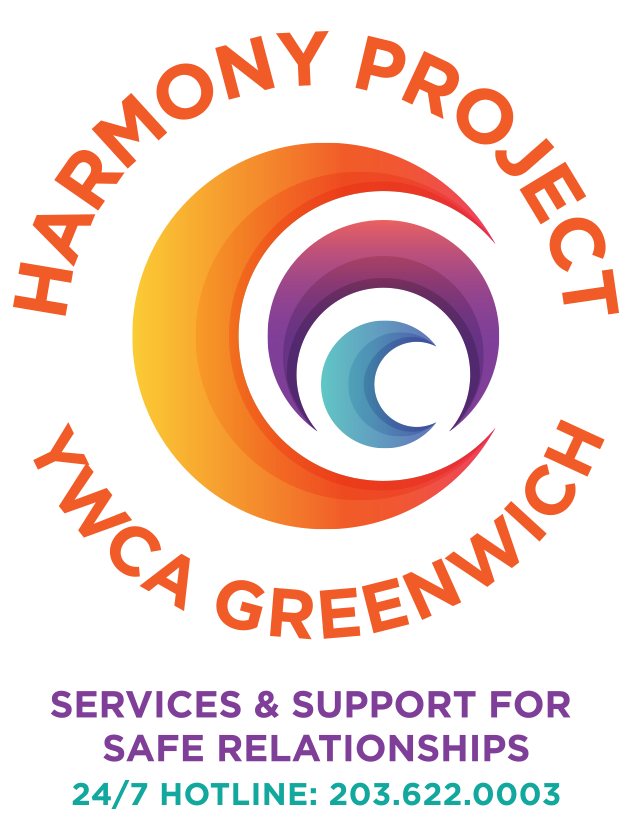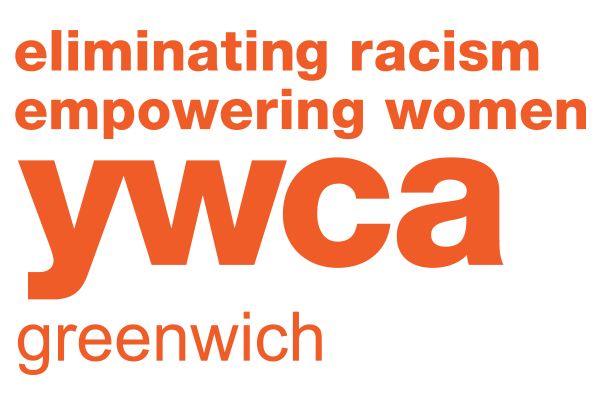What Is Domestic Violence?
Conflict is normal and to be expected in all relationships. However, conflict can escalate to abuse when one partner behaves in such a way to get and maintain power and control of their partner.
Domestic violence is not an argument once in a while, or a moment now and again when we say some- thing we later regret.
Domestic violence occurs when one partner intimidates, manipulates or threatens the other in order to establish dominance. Often, an abuser uses physical violence to control a partner, but physical violence does NOT need to be present for abuse to occur.
Domestic violence can happen to anyone regardless of education level, economic status, race, ethnic or religious background, physical ability, age, sexual orientation or gender identity.
Domestic Violence Is Not Just Physical Abuse
Verbal Attacks: Name-calling; mocking; accusing; blaming; yelling; swearing; making humiliating remarks or gestures.
Pressure Tactics: Rushing you to make decisions through intimidation; threatening to withhold money; manipulating the children; telling you what to do.
Disrespect: Interrupting; changing topics; not listening or responding; twisting your words; putting you down in front of other people; saying negative things about your friends and family.
Abusing Trust: Lying; withholding information; cheating; being overly jealous.
Emotional Withholding: Not expressing feelings; not giving support, attention, or ignoring; not respecting feelings, rights, or
opinions.
Economic Control: Preventing you from working or forcing you to work, withholding money or assets or financial information, restricting your spending or giving an allowance, amassing debt without your knowledge
Stalking and Harassment: Making uninvited visits, calls, emails or texts, following you, keeping tabs on your whereabouts, refusing to leave when asked.
Digital Abuse: Excessive calls or texts, monitor- ing your voicemails, online activity and/or social media, insisting on knowing your passwords, GPS tracking of your whereabouts, threatening or humiliating posts or comments on social media, preventing access to internet.
Isolation: Preventing or making it difficult for you to see friends or relatives; monitoring phone calls; telling you where you can and cannot go; taking your car keys or otherwise preventing you from using the car.
Intimidation: Making angry or threatening gestures; use of physical size to intimidate; out shouting you; driving recklessly or threatening to harm other family members; threatening to re- port you to child welfare or other social services agencies.
Sexual Violence: Degrading treatment or dis- crimination based on your sex or sexual orientation; using force, threats or coercion to obtain sex or perform sexual acts.
Physical Violence: Being violent to you, your children, household pets or others; slapping, punching, grabbing, kicking, choking, pushing, biting, burning, stabbing, shooting, etc.



